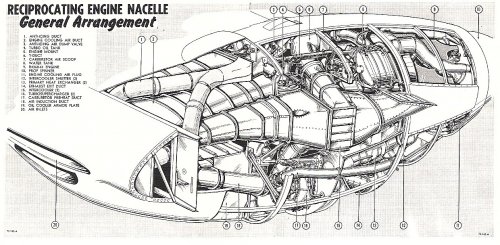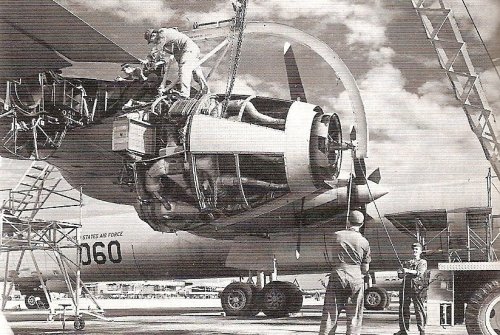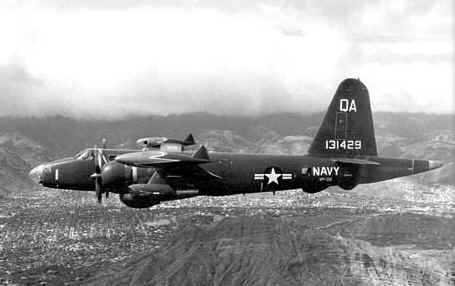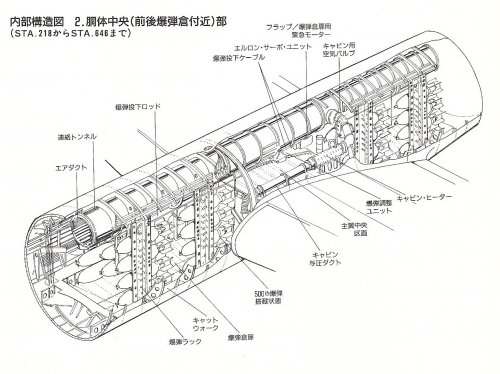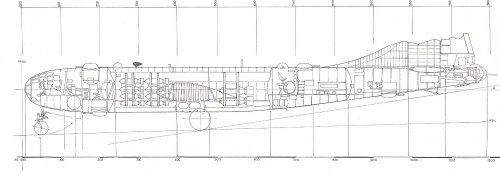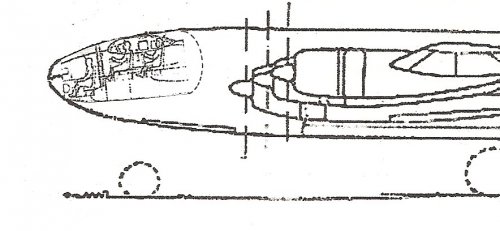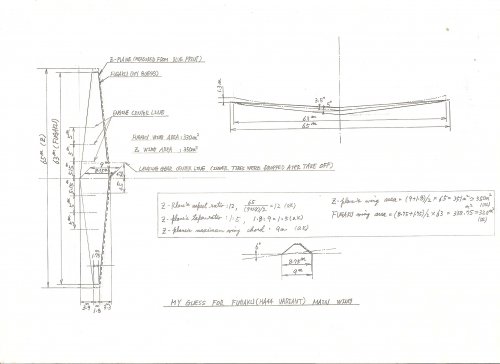blackkite
Don't laugh, don't cry, don't even curse, but.....
- Joined
- 31 May 2007
- Messages
- 8,817
- Reaction score
- 7,691
Hi! I made a table which compare the armaments of Japanese and American WWⅡheavy bombers.
B-36's armament were very heavy and retractable, Fugaku's armament were very light to fly 15,000m with high speed. There are some documents to describe that Fugaku's number of armaments were 24. BTW it's apparently mistake, too heavy armament.
When I checked B-36, I found some interesting facts.
1.At first XB-36 had single tire undercarriage which diameter was 2.79m while Fugaku's tire diameter was 1.9m and double.
2.R4360 engine's turbo supercharger and intercooler were located before the engine, very stout engine nacelle. R4360 also had the mechanical supercharger.
3.B-36 had remote controlled retractable turrets.
Chikuhei Nakajima feared B-36 very much, and thought that B-36 was the rival of Fugaku.
Source:FAMOUS AIRPLANES OF THE WORLD, CONVAIR B-36 PEACEMAKER, BUNRINDO TOKYO
B-36's armament were very heavy and retractable, Fugaku's armament were very light to fly 15,000m with high speed. There are some documents to describe that Fugaku's number of armaments were 24. BTW it's apparently mistake, too heavy armament.
When I checked B-36, I found some interesting facts.
1.At first XB-36 had single tire undercarriage which diameter was 2.79m while Fugaku's tire diameter was 1.9m and double.
2.R4360 engine's turbo supercharger and intercooler were located before the engine, very stout engine nacelle. R4360 also had the mechanical supercharger.
3.B-36 had remote controlled retractable turrets.
Chikuhei Nakajima feared B-36 very much, and thought that B-36 was the rival of Fugaku.
Source:FAMOUS AIRPLANES OF THE WORLD, CONVAIR B-36 PEACEMAKER, BUNRINDO TOKYO



